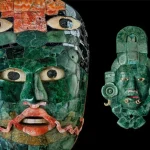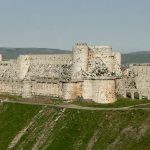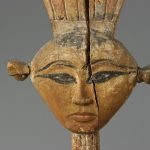Nectanebo I depicted upon Black Siltstone found in el-Rashid, Alexandria
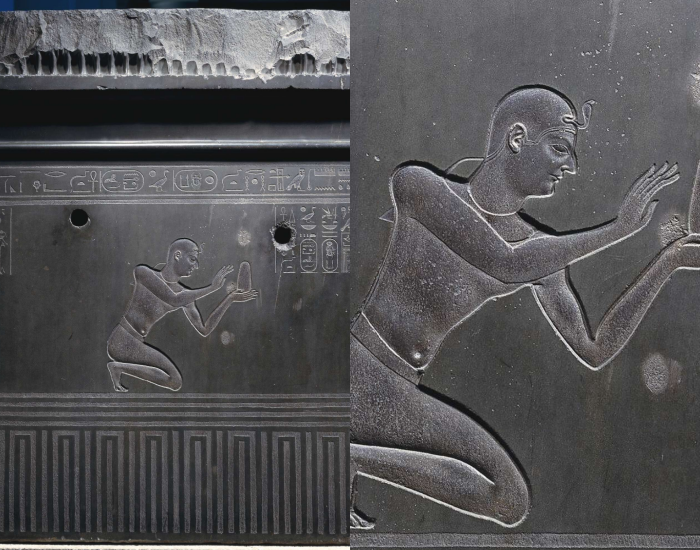
This rectangular slab of black siltstone, dating to the reign of Nectanebo I (c. 380–362 B.C.), originally formed part of a temple’s architectural decoration. Both faces are sculpted in sunk relief, although one side remains in much better condition.
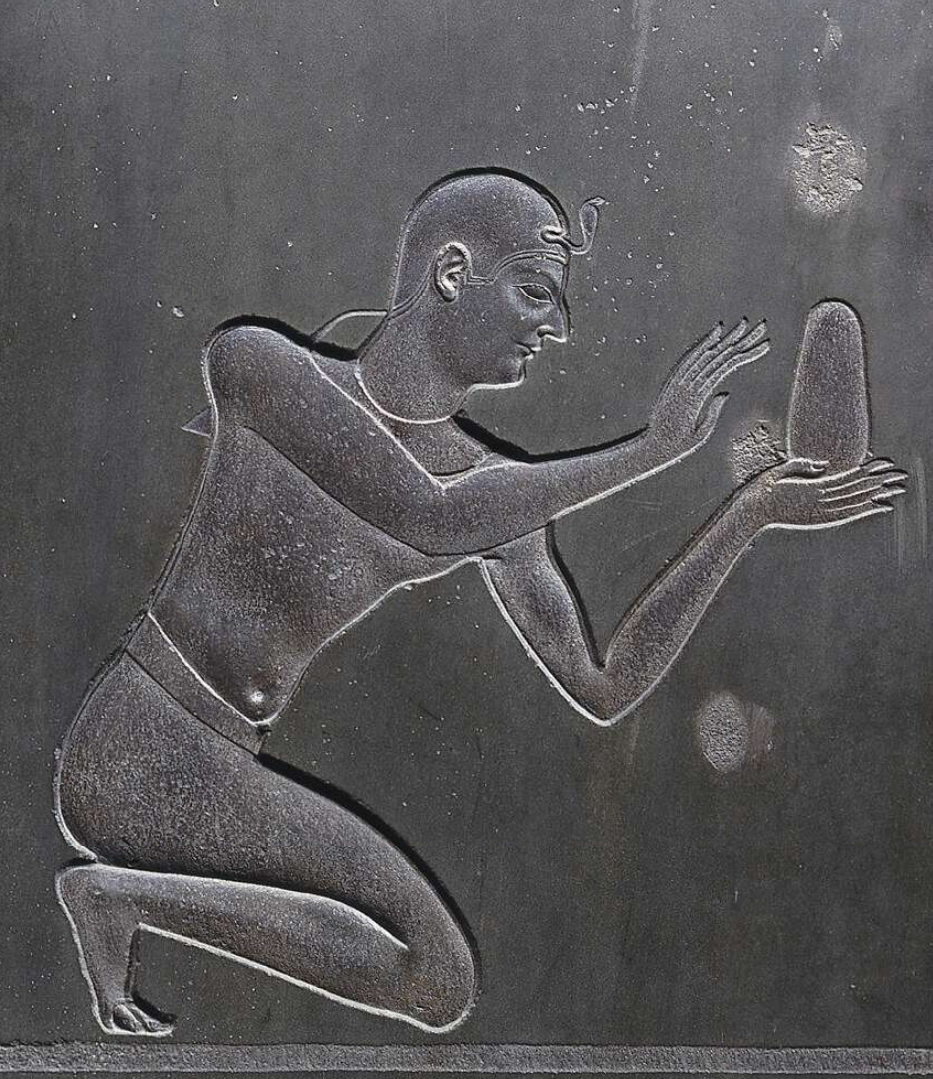
The design features offering scenes, surmounted by a dado of niche patterns and topped with a cavetto cornice. Above the cornice on the better-preserved side, traces of a row of falcons remain, now reduced to their legs and feet. The reverse side likely once displayed a frieze of upright cobras, though it has suffered significant deterioration over time.
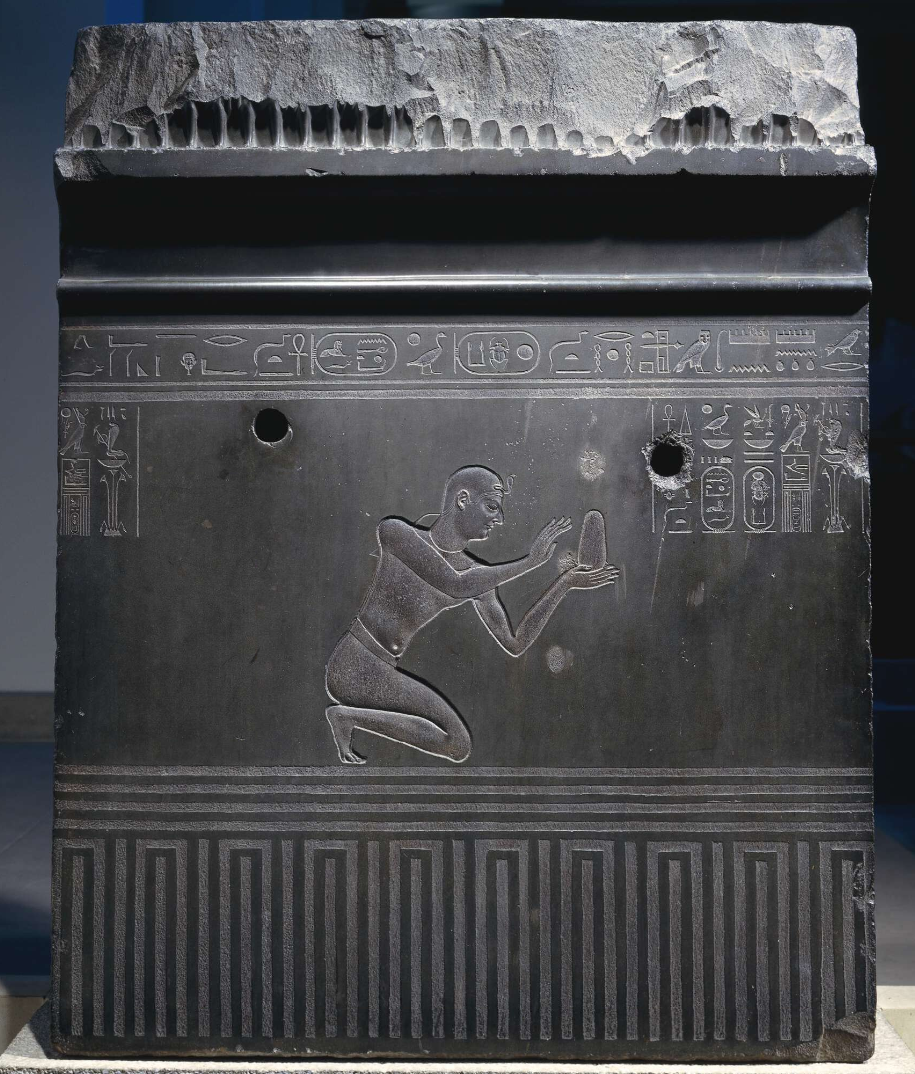
On the more damaged side, fragments of two offering scenes are still visible. In one, a zoomorphic deity faces right while the king kneels in a semi-prostrate gesture of devotion, one leg extended behind him—a traditional pose in royal ritual iconography. Another god stands at the far right.
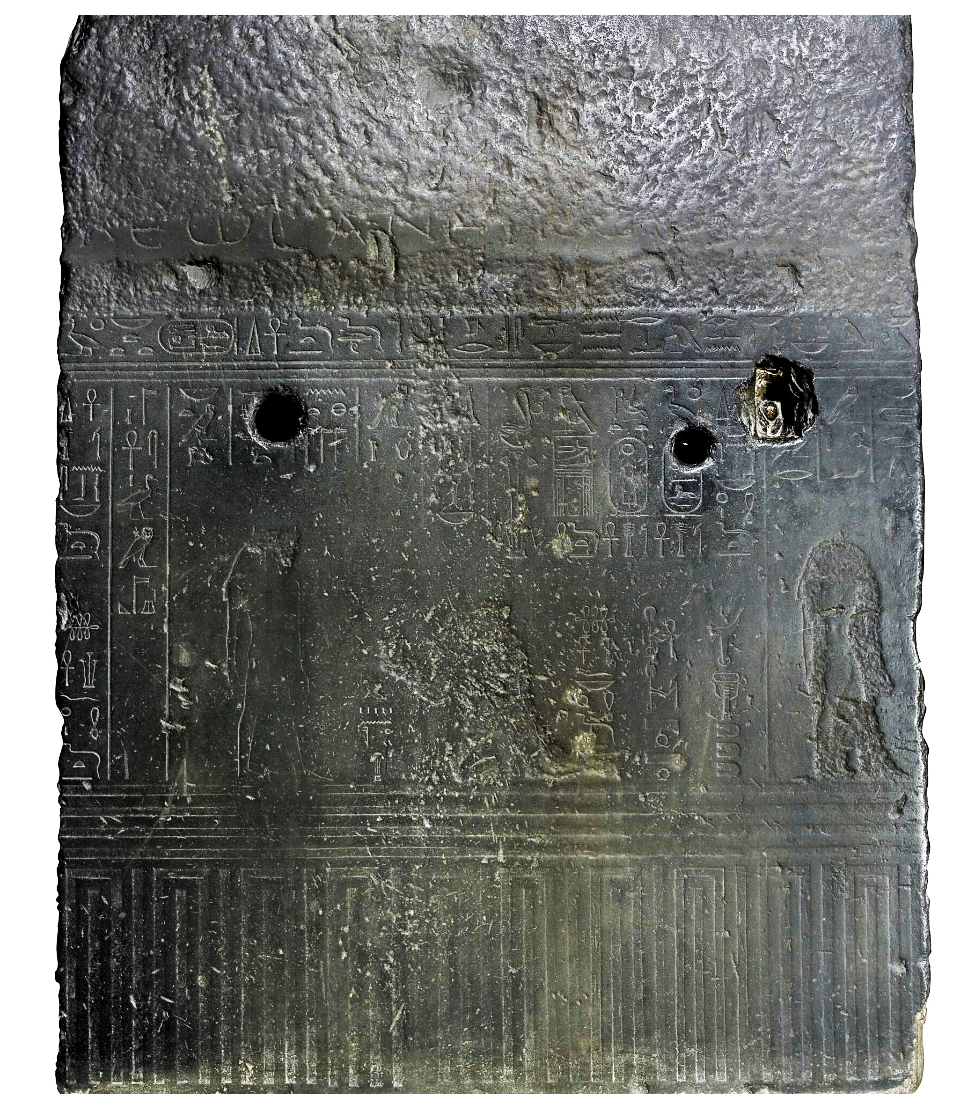
Although the figures themselves show signs of deliberate defacement, the hieroglyphic inscriptions—clearly naming Nectanebo I—remain intact. The cornice was later cut flat, presumably to allow the stone to be reused in antiquity.

